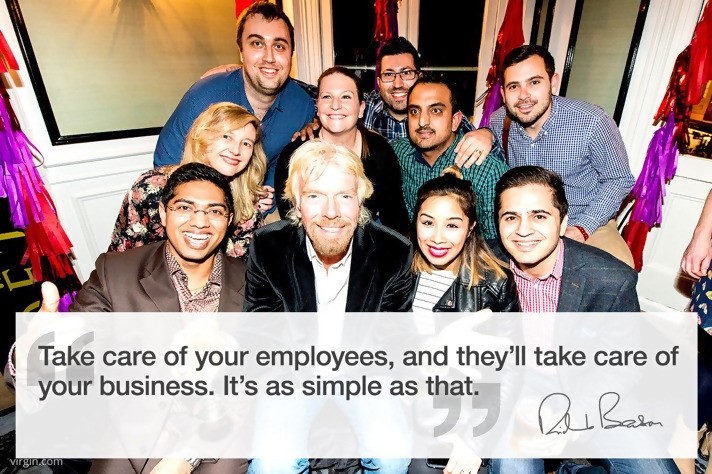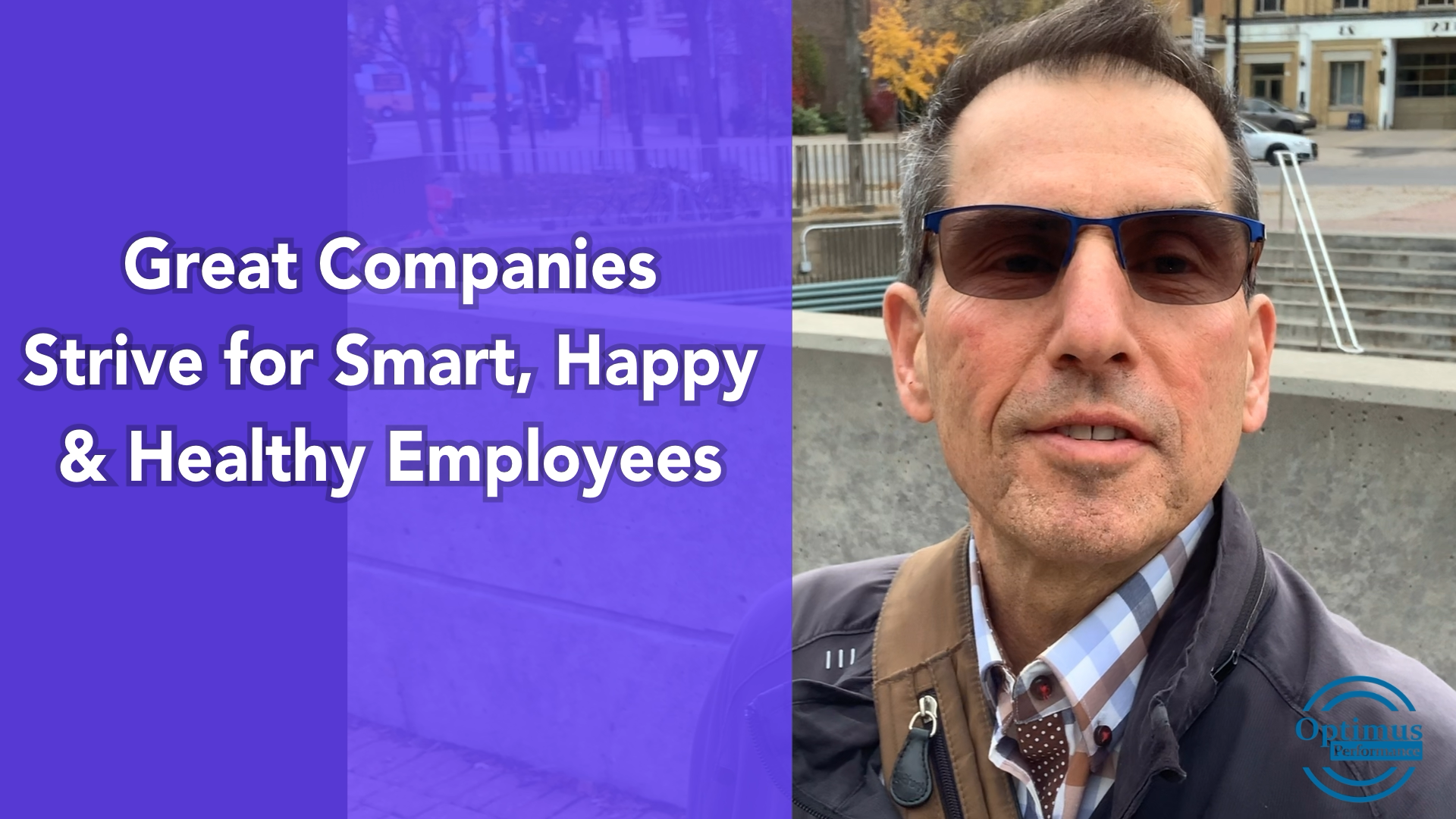Promoting good health at work can pay off in improved performance, better attendance and lower group insurance costs. Every business can contribute to the wellbeing of their employees and it will reap rewards.
Last week I met a software company and one of the products was a test for early stage dementia. I spoke with the project manager and learned that there is no cure for dementia and Alzheimer’s disease. Bit studies show that keeping the mind and body active can prevent the onslaught of dementia.
Continuous training and learning at work will keep the neurons firing, generate positive emotions and this will cause greater motivation for work and life.

Physical exercise at work will give employees the possibility to move their bodies and stay more flexible and have better energy. It will also reduce absenteeism, which can be costly and hinder production.
Businesses can offer in-house workshops to employees, or partner with local community groups like the YMCA.
If the business owner and top management value employee wellbeing, then it does not take much to implement new programs. An employee project team could be setup to plan and organize these types of workshops.
Of course, it’s up to each employee to look after their own development and health, but perhaps given the opportunity will be just what they need to change some bad habits.






